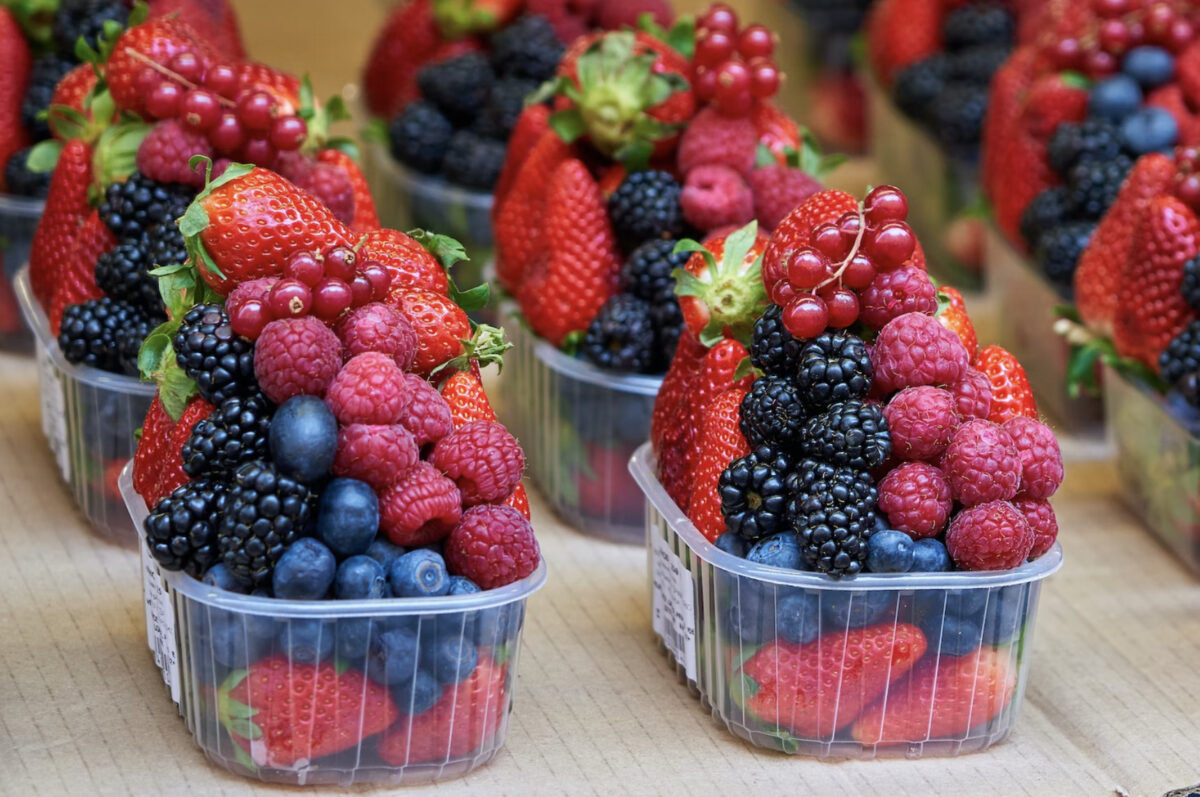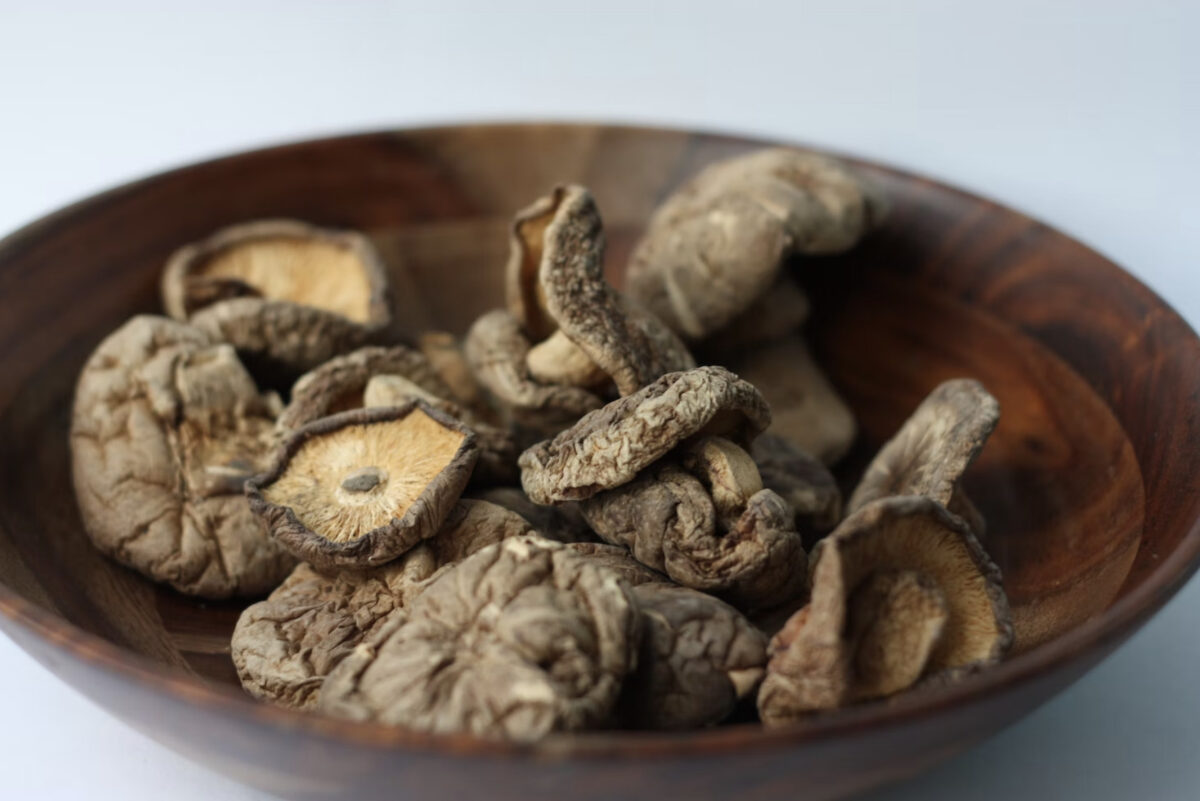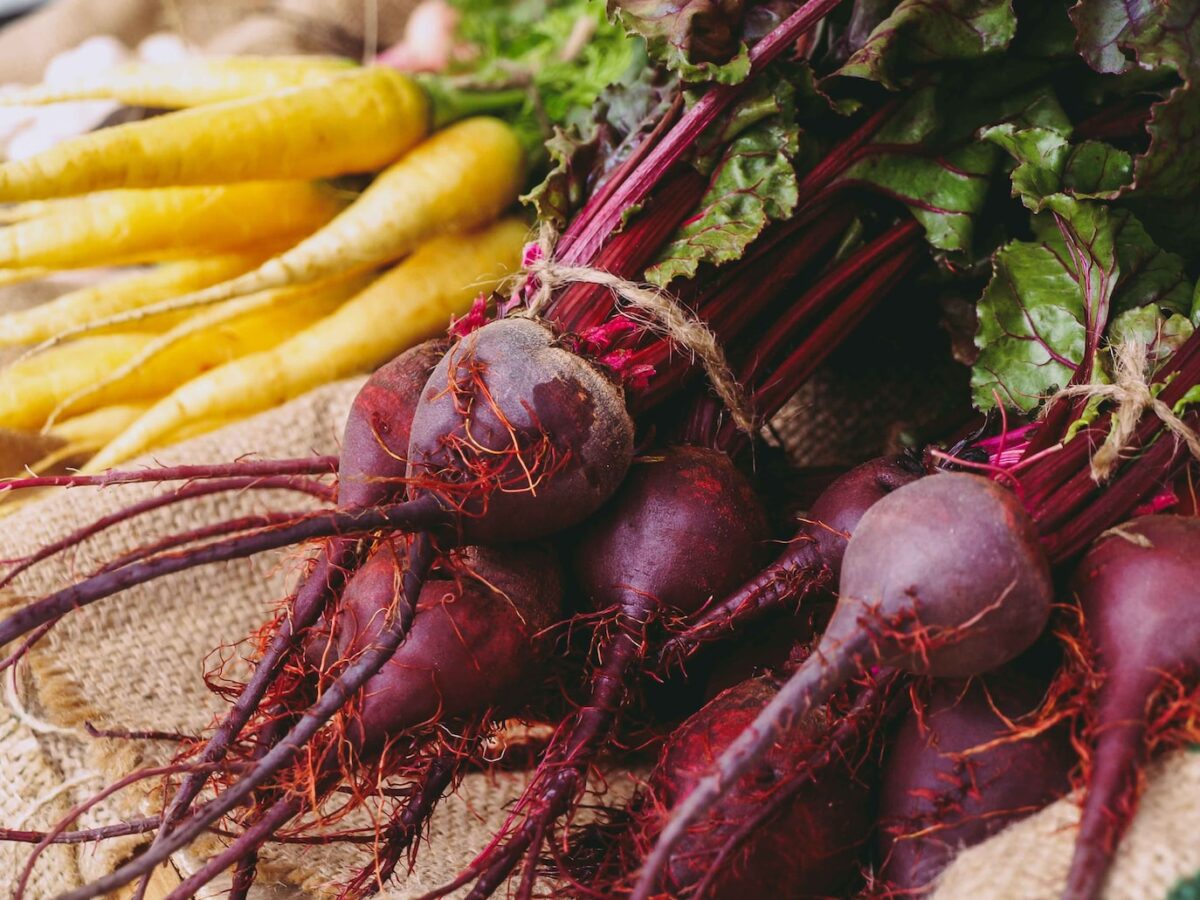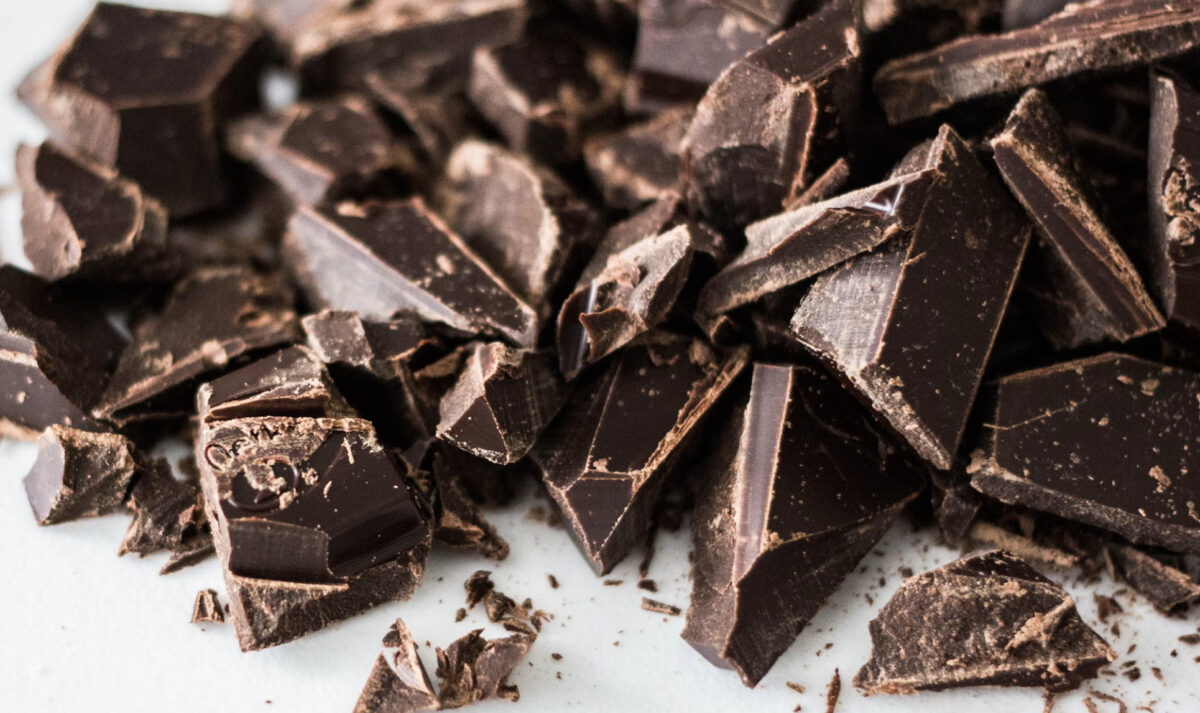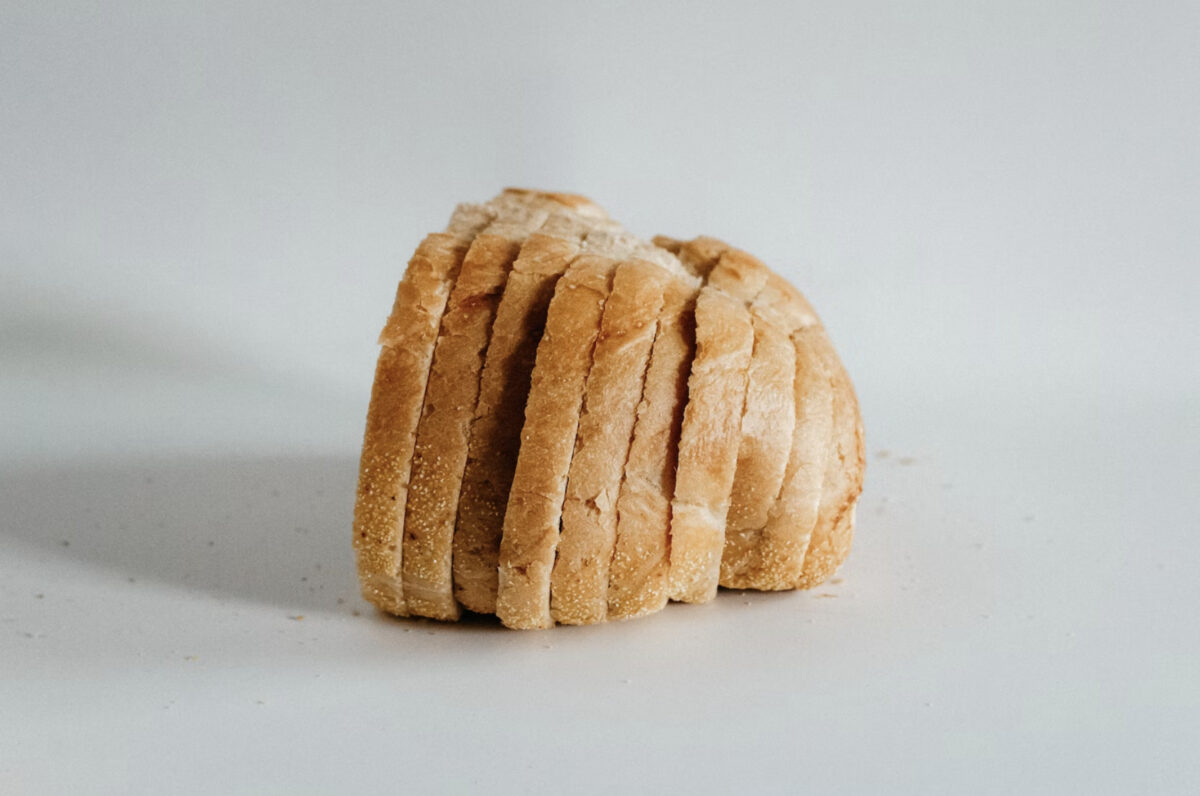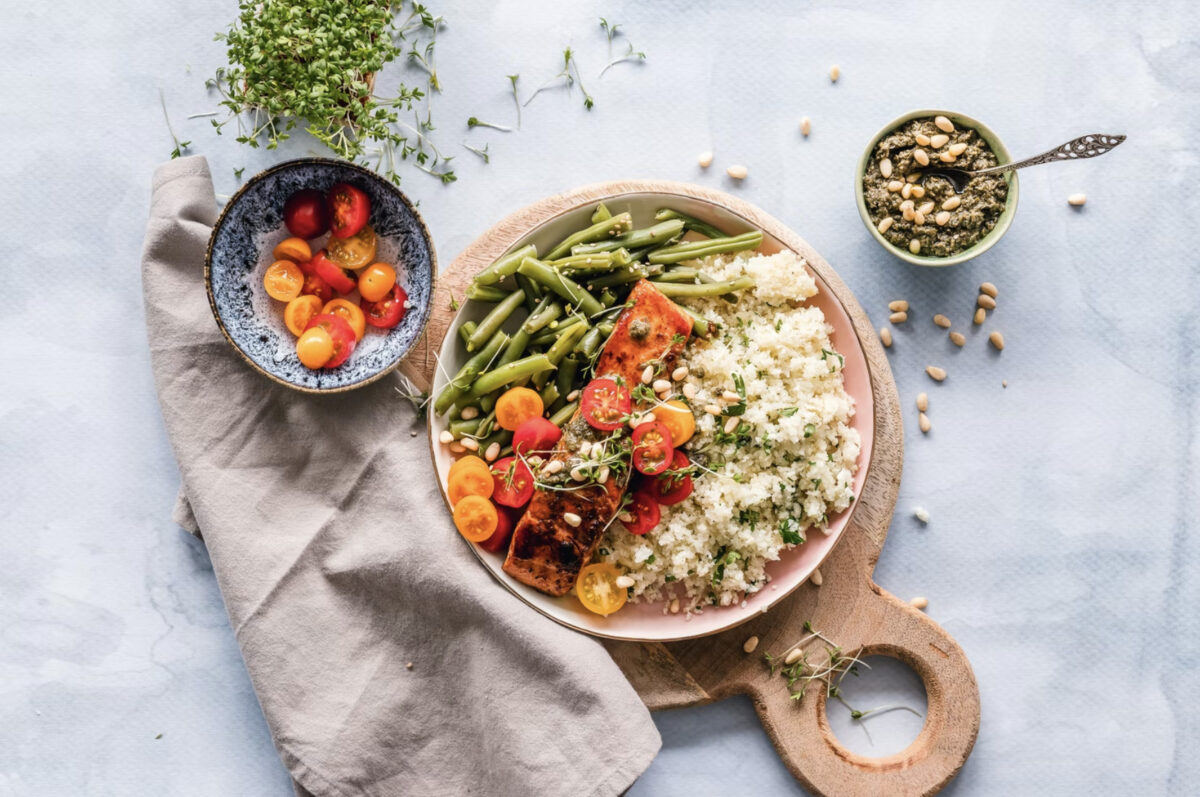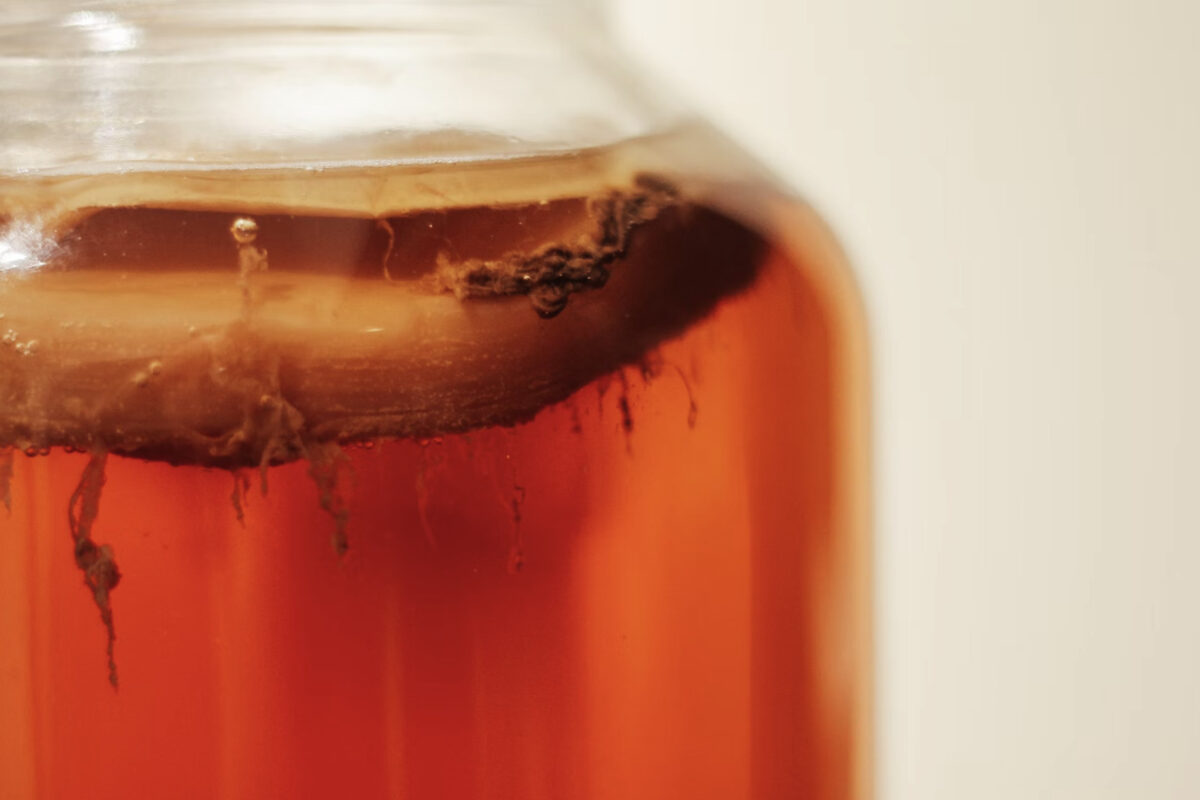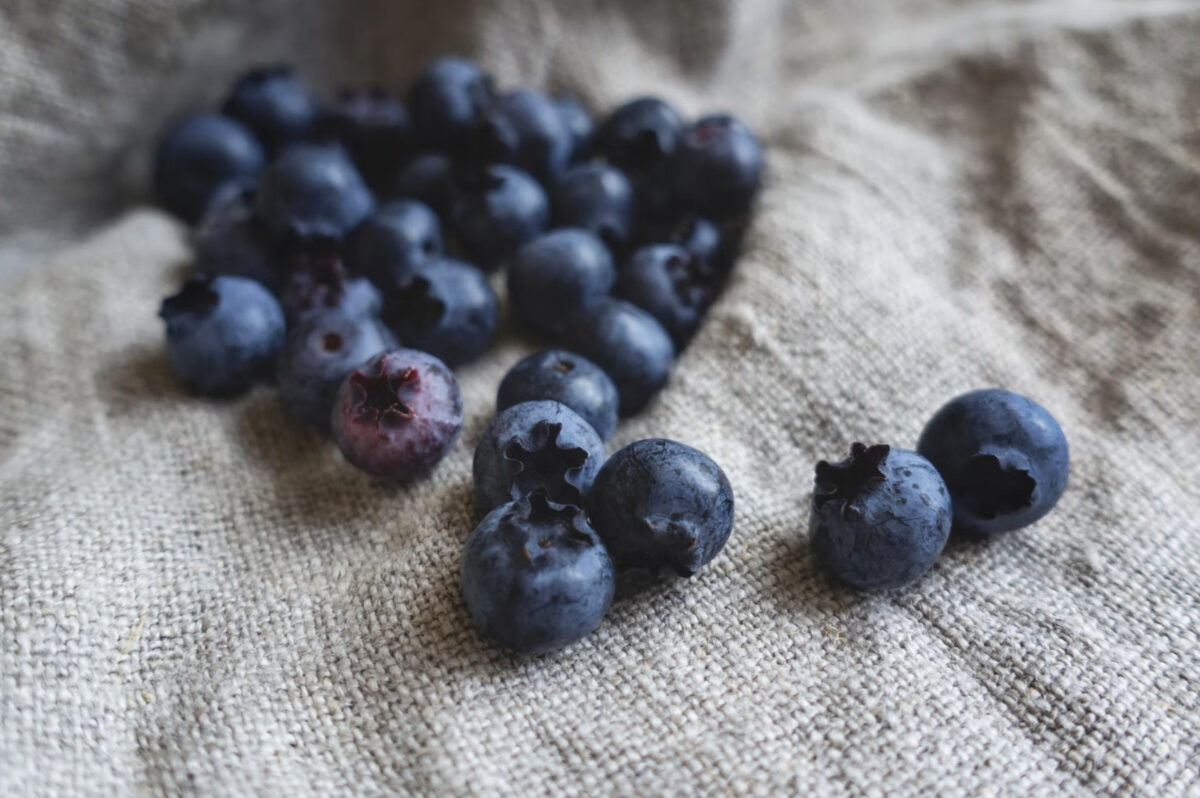By Dr. Tamara Kung, ND
Imagine a clean, smoothly functioning city. The roads are cleared, traffic is flowing, and people are getting to where they need to complete their errands and goals, contributing to a healthier society.
When we talk about clean living we mean cultivating health most of the time so that our systems can thrive and we can perform in life with the mental clarity and energy we need.
We’d like to share four tenants for helping to clear the debris and chaos in our bodies and minds. Too often the mess results from a society and food system that inflames us and distracts us from lifestyle routines that are integral for building good health.
Before diving into the four steps, we first must understand one of the major root causes for this chronic mess in our bodies. For most of us this comes down to chronic inflammation. We’ve explored this topic in detail in a previous article. We often picture inflammation as an external, visible symptom like when we sprain an ankle or scrape our knee. There is swelling, pain, redness, and loss of function. This kind of momentary inflammation is helpful as it’s a sign that your body is healing and getting extra support.
There is another kind of inflammation, however, that is not visible from the outside. This is a hidden inflammation which affects a much larger percentage of the population who may look totally fine and healthy on the outside. It’s this hidden inflammation that triggers the messy fires and damaged cities within our bodies.
Now that we know what causes so many of our problems, let’s see how we are doing to prevent it from happening to us.
Pillar #1: Enjoy more real food more often!
Real foods are the ones that won’t trigger inflammation and in fact offer an abundance of healing, anti-inflammatory properties. These are foods that don’t come in a package. No package, no problem, enjoy as much as you want. These foods are literally the best products in grocery stores, and they are humble about it to boot. No bragging necessary, no fancy packages or flashy marketing taglines. When you’re the best, it’s up to the informed ones to find them and reap the benefits. Carrots, bananas, celery, oranges, star fruit, asparagus, and many, many more.
Score yourself out of 10 (1 low, 10 high) on how well you eat an abundance of fruit and vegetables. ______________
Pillar # 2: Antioxidant boosters daily
Antioxidant rich foods can be found by following the richest, deepest, most vibrant colours. Berries, green leafy vegetables and your herbs and spices are amongst the heaviest hitters when it comes to putting out the fires
Berries are second only to herbs & spices as the most powerful antioxidant food category. They offer ten times more firefighting power than other fruits & vegetables (and 50x’s more than animal-based foods). They taste great and may help you live longer?! Therefore we want to move your sweet tooth to fruit where it should be more often.
- Greens = most anti-inflammatory vegetables
- Berries = most anti-inflammatory fruits (amla is the highest berry, blackberry is the highest common berry)
- Red vs. white onion? Red has more antioxidants than white, yellow is inbetween
- Purple cabbage or green? Purple 8 x’s more antioxidants
Pink grapefruit vs. regular , granny smith or red delicious, iceberg vs. romaine, red grapes or green, yellow corn vs. white? White eggplant vs. purple? Same if you peel off the skin, but if you keep the skin then it’s purple! Never peel the skin off apples, eggplants, etc. Just make sure you scrub them well.
You can make the best choices all on your own now that you know to follow the colours. If you want more ideas, check out the different options in this ranking.
Score yourself out of 10 (1 low, 10 high) on how well you boost antioxidants. ______________
Total the two scores to give you an idea of how you are doing at the halfway point of our clean living pillars. We’ll cover the other two pillars in the next article.

